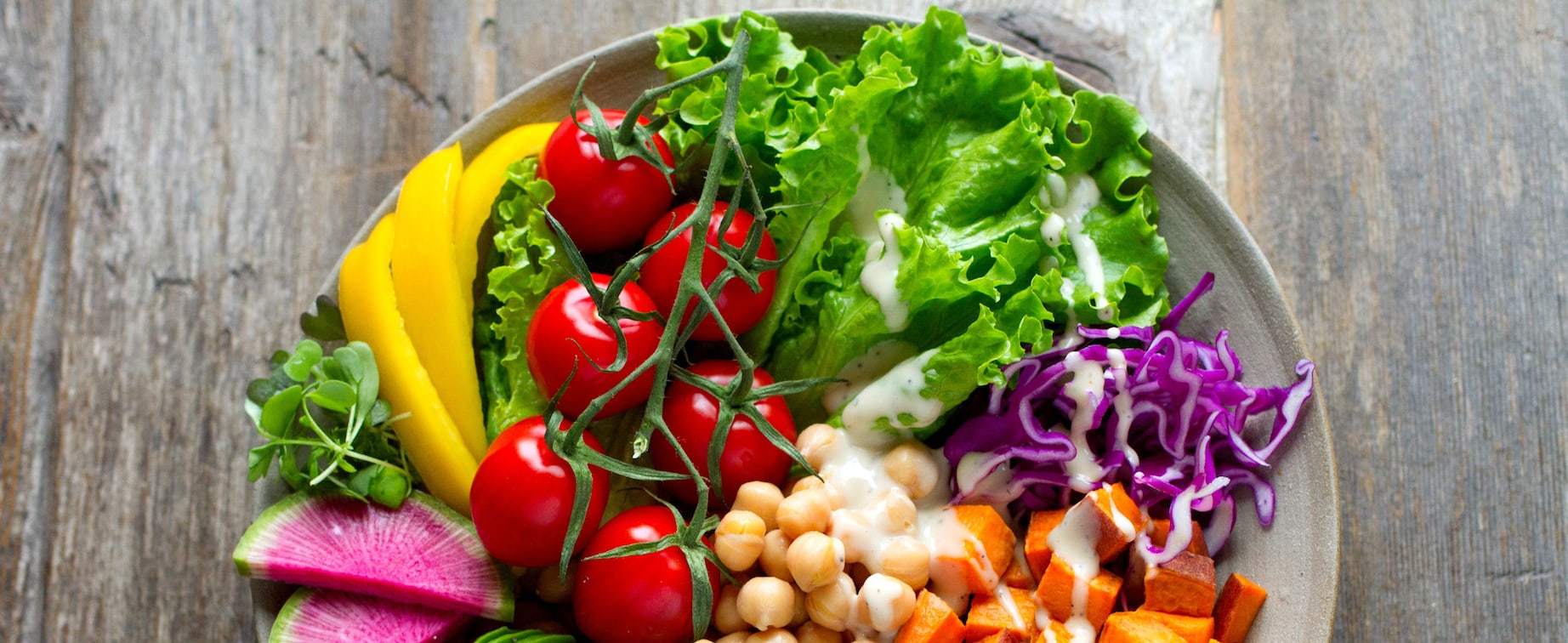Table of Contents
I. Exploring a Cholesterol-Friendly Diet
II. Lowering Cholesterol with Exercise
Not all cholesterol is bad for the body. You need cholesterol to build healthy cells. When cholesterol levels get too high, health complications may occur. High cholesterol can increase your risk of heart disease and stroke, so it is important to proactively manage your cholesterol as early in life as possible.
Cholesterol is a waxy substance that your liver produces. You can also get cholesterol from your diet. Your liver creates just the right amount of cholesterol for your body, so eating foods high in saturated and trans fats can cause too much cholesterol to accumulate in your blood vessels. Medications like Crestor (rosuvastatin), Lipitor (atorvastatin), Zetia (ezetimibe), and Zocor (simvastatin) can help manage cholesterol levels in the blood. Lifestyle changes are often also necessary to reduce high cholesterol and lower your risk of coronary heart disease. [1] [2]
Exploring a Cholesterol-Friendly Diet
What constitutes a healthy diet, exactly? For people with high cholesterol, a healthy diet will minimize low-density lipoprotein (LDL cholesterol) while promoting the intake of high-density lipoprotein (HDL cholesterol). You may be wondering why that is; in short, LDL cholesterol should be avoided because it can build up on the walls of your arteries. HDL cholesterol can remove LDL cholesterol from your bloodstream and prevent plaque buildup. [3]
A cholesterol-friendly diet contains foods packed with soluble fiber. Foods that are high in soluble fiber include brussels sprouts, apples, pears, kidney beans, and oatmeal. Soluble fiber helps to maintain cholesterol levels by reducing how much cholesterol is absorbed into your bloodstream. [4] Omega-3 fatty acids are crucial to a cholesterol-friendly diet as well. Foods that are rich in omega-3 fatty acids include flaxseeds, herring, mackerel, salmon, and walnuts. Omega-3 fatty acids do not increase LDL cholesterol, and they can benefit your health by reducing blood pressure. [4] A cholesterol-friendly diet will also involve switching high-LDL foods with nutritious substitutes. Many of the carbohydrates consumed today are high in saturated fats and trans fats. Refined grains and fried foods should be replaced by legumes, vegetables, and whole grains. Some cholesterol-friendly favorites include: Physical activity is essential to cardiovascular health. Exercise can help reduce cholesterol levels and maintain a healthy weight. All types of physical exercise, from aerobic to strength training, can have a positive effect on cholesterol. A study that compared thousands of individuals found that the amount of exercise played a more important role in cholesterol health than the type of exercise. [6] Although it is a low-intensity activity, yoga significantly improves blood pressure, LDL, and HDL cholesterol. Walking, running, or jogging are all great aerobic activities that you can include in your daily routine. If you experience joint pain, swimming or biking can improve your cholesterol while reducing the pressure on your knees. [6] Stress may not directly influence cholesterol, but it certainly has the indirect effect of leading to unhealthy dietary habits and higher body weight. In a study of over 90,000 people, those who were stressed at work were more at risk of high cholesterol than those who were not stressed. [7] This link between stress and high cholesterol may be due to stress creating high levels of cortisol (stress hormone). Over time, high levels of cortisol may be the reason cholesterol increases. Stress may also trigger the “fight or flight” hormone adrenaline. Adrenaline can then increase triglycerides and subsequently increase LDL cholesterol. [7] Like stress, alcohol can increase your triglyceride levels and increase the LDL cholesterol in your bloodstream. Many drinks are mixed with various sugary flavors and can add to your bad cholesterol levels. Wine contains a substance called resveratrol, which may be a short-term anti-inflammatory that can prevent blood clots. However, resveratrol’s benefits do not last long-term, so it is not justified to start drinking if you do not already do so. [8] Smoking can double your risk of cardiovascular conditions. [9] Plus, it can make the LDL cholesterol in your bloodstream more likely to stick to your arterial walls. Smoking will reduce the levels of HDL cholesterol in your bloodstream, reducing your ability to remove LDL from your body. Within weeks of quitting smoking, your risk of a heart attack will begin to fall. Your blood will start to flow and circulate much better within months, and you won’t be clogging up your arteries with sticky, waxy plaque. [9] Your cholesterol can increase without your knowledge. This is why most healthy adults should have their cholesterol checked once every 4 to 6 years. If you have heart disease, diabetes, or a family history of high cholesterol, your doctor will likely recommend more frequent check-ups. Children and adolescents are not automatically unaffected by cholesterol problems and should be checked once around 9 to 11 years of age and again between 17 and 21. [10] Eating right, exercising, and managing stress levels are your first line of defense against high cholesterol. Sometimes, high cholesterol may be hereditary, and treatment with Crestor (rosuvastatin), Lipitor (atorvastatin), Zetia (ezetimibe), or Zocor (simvastatin) may be necessary to keep cholesterol levels under control. The content provided in this article is based on thorough research and in some cases, reviewed by a medical professional. Our goal for the information is to provide helpful, general health informational. It is not intended as a substitute for professional medical advice.
Lowering Cholesterol with Exercise

Stress Management

Alcohol and Tobacco
